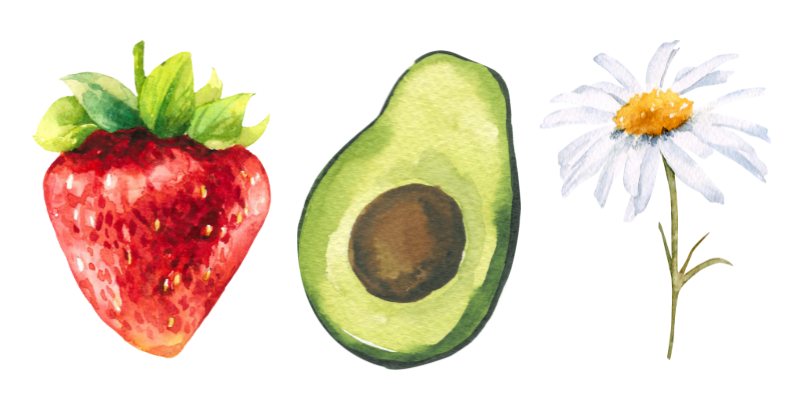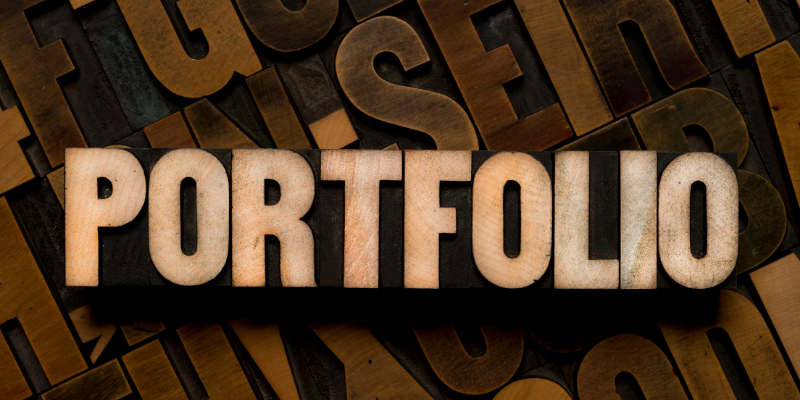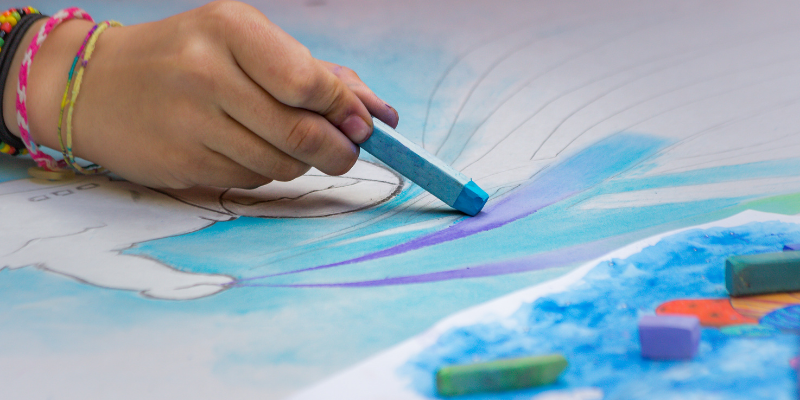Hi! My name is June, I’m a graphic designer who loves illustrations. I like to create illustrations as a hobby and sometimes I do some freelance work.
I always consider being an illustrator one of the coolest jobs because you get to show your artistic side and be creative while providing solutions. Of course, that’s only the case if you enjoy drawing.
It’s fun to illustrate, as a hobby, but if you want to become an illustrator, it’s harder than it seems. You probably think that if you’re good at drawing, you’re a good illustrator. However, there is more to it.
In this article, you’ll learn more about being an illustrator as a career, including the essential steps and skills, as well as how to get a job as an illustrator.
Table of Contents
What is an Illustrator
An illustrator creates original imagery that helps explain the context for commercials, fashion, or publications like children’s books, magazines, and newspapers.
Being an illustrator, you will be using multiple mediums including traditional media such as pen, pencil, and brushes. Some illustrators create graphic illustrations, so besides the hand-drawing tools, you also use digital programs such as Adobe Illustrator, Photoshop, Sketch, Inkscape, etc.
On a regular basis, an illustrator works with the marketing team and designers to promote a business or collaborates with publishers and editors to create illustrations for educational, political, or other non-commercial purposes.
Yes, an illustrator does draw a lot but it isn’t the same as being an artist. Because an illustrator works for clients upon request while an artist usually creates based on his/her own feeling.
What Does an Illustrator Do as a Career
There are so many things that you can do as an illustrator because there are different types of illustrators.
For example, many illustrators like to work as children’s book illustrators. Other popular career choices include fashion illustrator, medical illustrator, advertising illustrator, or other publishing illustrator.

Many of you will be working as graphic designers specializing in illustration. Some of you might be working as medical illustrators creating images of the human body, 3D modeling, and so on.
Others could work in a more creative area like branding, or even designing hand-drawn restaurant menus. A lot of freelance illustrators work for the food & beverage industry because hand-drawn style is in high demand and it’s usually one-time work.
4 Steps to Become an Illustrator
If you’re considering illustration as a professional career, follow the steps below to get yourself ready.
Step 1: Study the basics of illustrations
You don’t necessarily need to get a four-year college degree to become an illustrator, especially for freelancing work, but it’s definitely a good idea to take some courses to understand the concepts and basics. Getting an associate degree or doing a training program are popular options too.
Taking an actual course has more advantages than learning it on your own because you’re more oriented and you’ll get to do different projects and get help from professors or classmates.
Another advantage is that you’ll learn skills and techniques for building a portfolio, which it’s crucial for your career. Some employers do require a degree when you’re applying for a higher position.
Step 2: Find your style
As you do different types of illustrations, you should find a style you’re most comfortable with and best at. You don’t have to be good at everything. Some illustrators are better at watercolor-style illustrations, while others can be better at digital illustrations or drawing with pen/pencils.

It doesn’t matter which medium you use, the most important thing is to identify your style and stand out from the crowd, because it’ll affect the next step, building your portfolio.
Step 3: Build a strong portfolio
So what should you put in your portfolio? Usually, illustrators would put different styles of illustrations in the portfolio. It’s good to show diversity, but try to keep the general style consistent and not “overshow”. Meaning, don’t put a piece that shows your “weakness”.

For example, if you’re not specifically good at watercolor, you don’t have to put a watercolor project on your portfolio because putting so-so work just to show you can do it, is not going to help.
You should put the pieces that represent your style in your portfolio because it will help you get closer to what you’re looking for and you can show your ability best.
Another tip is to make your portfolio accessible online or have a digital copy so that you can share your portfolio on social media or freelancer sites.
Step 4: Find a job
Finding a job as an illustrator requires a lot of networking. It isn’t as easy as finding a job as a graphic designer, so it’s important to make the right connections. That’s why networking/communication skills as one of the must-have skills.
Join some publishing events if you want to become a book illustrator, go to portfolio review if you’re a fresh graduate, or make connections with businesses online. Advertising agencies often hire illustrators too, don’t forget to give it a try.
If you want to become a freelance illustrator, you can also use some freelancer sites like Fiverr, Upwork, freelancer, etc. There are plenty of demands, but from my experience, the pay rate isn’t ideal.
6 Must-Have Skills as an Illustrator
Being an illustrator isn’t only about drawing skills. It’s also important to have other skills like creativity, networking skill, time management, stress handling, and some software skills. I’ll explain further why it’s important for an illustrator to have these six skills.
1. Creativity
I would say that storytelling is one of the most important parts of creativity. How do you tell a story through imagery? This is probably the most difficult part of the creative process.
Many people believe that creativity is a gift, but I think everyone is creative in their own way, and creativity can be learned and developed.
Some people are good at brainstorming ideas while others have more knowledge in practical skills. The more mediums/tools you know, the better you’ll express your creative ideas. Actually, by doing more by hand, your brain gets more active.
So if you know how to use different tools but consider yourself less creative, you can start drawing, brushing, splashing, etc without thinking too much. It’s a good way to train your creative thinking.
2. Drawing
Drawing skill is important because that’s what you do as an illustrator. It doesn’t matter if you’re doing digital or print illustrations, you need to know how to draw. Some people are better at drawing with brushes, others are good at sketching with a pencil or using drawing tablets.

It also depends on what type of illustrator you want to be, for example, sketching skill is essential for fashion illustration, and if you illustrate for children’s books, you should also know how to draw with colored pencils, crayon, watercolor, etc.
In the beginning stage, I would say try all mediums to figure out which one you’re best at. Personally, I draw better digitally but I like to sketch out my ideas on paper first.
3. Time management
I know it’s really difficult to control when ideas hit you, that’s why you should start the creative process as soon as you get a project. Procrastination is not a good habit if you want to be an illustrator as a career.
Time management is extremely important for freelancers. Without a fixed schedule, it’s easy to lose track of time or get distracted. That’s why it’s important to develop good time management skills. You don’t want to miss the deadline.
Try to make a to-do list every day, and put a reminder a few days before the deadline of a project. You’ll need to make room for final touch-ups. Creative work does require adjustments.
4. Software
Knowing some basic design software skills is essential for illustrators because eventually, you should create a digital version of your work. You don’t have to be a master at software, but you need to be able to do the basics, such as tracing, adding text, etc.
Just think about restaurant menus or publications, how can clients have a physical copy and print multiple copies of the menu or book? So you must digitalize your hand drawings.
Plus, everything is going digital these days, so the demand for graphic illustration is higher. You often need to scan your illustration to the computer and trace it to get different versions for print or web.
Some popular software that illustrators use is Adobe Illustrator, Photoshop, CorelDraw, and Procreate.
5. Networking/communication
Networking or socializing skill is closely related to good communication skills. Networking is extremely important. Why? Because that’s how an illustrator gets a job in most cases.
Joining networking events in industry circles and talking to the right person is crucial. Prepare yourself for networking events, know how to promote yourself, and make good connections! That requires good communication skills.
Once you get a job, communication skill is even more important. You need to work with clients, so you must be able to understand their needs and present your ideas to them clearly.
6. Stress handling
This is an important skill for every career. Being an illustrator seems to be cool and stress-free, but as I said earlier, it’s not as easy as it may seem.
There might be stress from bad time management, disagreements with co-workers or clients, running out of ideas, etc.
I pretty much experienced it all, and it wasn’t easy. So how to deal with stress?
Taking a quick break is what I found most helpful. Give your mind a break when you run out of ideas, and give yourself a break, maybe take a few minutes to walk or breathe when you have disagreements.
Wrapping Up
So you have the skills above? Don’t worry if you don’t have all the skills on the list, because they can be trained with time, and depending on what type of illustrator you want to be, some skills are more important than others in that specific field.
For example, communication skills are extremely important for publishing illustrators because they need to communicate well with the authors when creating the illustrations. While drawing skills and creativity are essential for fashion and advertising illustrators to create eye-catching designs.
About June Escalada